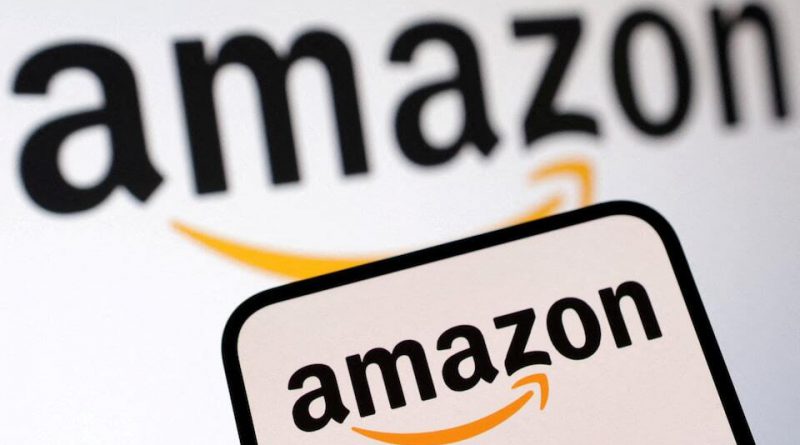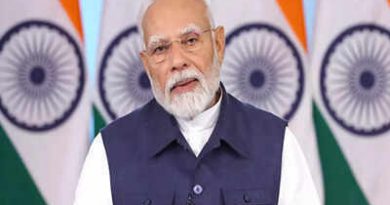Amazon and Flipkart Expand into Consumer Lending as India’s Digital Credit Market Surges
E-commerce leaders move deeper into financial services with new loan products, targeting small businesses and online shoppers amid India’s booming digital credit demand.
Amazon and Flipkart are taking significant steps into India’s rapidly evolving financial services sector, as both companies prepare to introduce new lending solutions designed to tap into the fast-growing consumer and small-business credit market across the country.
Amazon, which recently acquired Bengaluru-based non-bank lender Axio, is gearing up to offer a wider range of loans aimed at small businesses, digitally active customers, and merchants who rely heavily on online commerce infrastructure.
Axio, already known for its buy-now-pay-later services and personal loans for digital consumers, is set to reintroduce credit solutions for small businesses while also expanding into cash-flow management products meant to support operational stability.
Executives at Amazon have highlighted the vast untapped potential for credit growth outside India’s major urban centers, pointing to millions of small enterprises that continue to face challenges in securing timely and flexible working capital.
They noted that the company plans to craft tailored lending products designed to improve liquidity cycles, enhance operational efficiency, and unlock capital that can help merchants cope with fluctuating demand and business expansion needs.
Flipkart, meanwhile, is expanding its financial footprint through its newly incorporated lending unit, Flipkart Finance, which is awaiting final regulatory approval before launching a slate of consumer credit offerings aimed at online shoppers and buyers of durable goods.
The company intends to introduce two key pay-later products once approvals come through, including zero-cost installment loans for purchases over three to 24 months and higher-interest financing options for consumer durables.
Interest rates for these durable goods loans are expected to range between 18% and 26% annually, which is higher than the 12% to 22% typically charged by traditional banks and non-bank lenders in the same category.
Flipkart’s financial services operations are expected to become active next year, positioning it to serve millions of customers who already use the platform for online shopping and digital payments.
India’s consumer loan market has more than doubled since 2020, growing from nearly $80 billion to approximately $212 billion by March 2025, according to industry data, even as recent quarters show signs of moderate cooling.
The consumer loans category includes unsecured personal loans, credit cards, and loans for household appliances and electronics, all of which have witnessed rapid demand growth driven by India’s expanding digital payment ecosystem.
Both Amazon and Flipkart rank among the top 10 platforms used for Unified Payments Interface transactions, giving them wide exposure to customer data, transaction patterns, and purchase behavior that can support effective risk assessment models.
Their push into lending gained momentum earlier this year when regulators permitted them to lend directly to customers through wholly owned subsidiaries, marking a major shift in India’s financial services landscape as tech-backed firms enter the credit space.
Industry analysts note that these companies have the advantage of controlling both supply-side and demand-side data, allowing them to design highly personalized lending products that can match the purchasing habits of millions of users.
However, experts also caution that execution will be critical as the companies move beyond retail operations, requiring strong risk management, borrower assessment, and regulatory compliance to maintain long-term viability in the credit market.
Amazon has also deepened its presence in savings products by partnering with multiple local lenders to offer fixed deposits starting from as low as 1,000 rupees through its Amazon Pay platform, expanding its role in digital finance.
The entry of these e-commerce giants into consumer lending is expected to intensify competition in India’s financial space, challenging traditional banks while bringing greater flexibility, digital integration, and convenience to shoppers and small enterprises.
With digital adoption accelerating across the country and online purchasing becoming a daily routine for millions, the evolving strategies of Amazon and Flipkart signal a broader transformation in how Indians access credit, manage cash flows, and build financial resilience.



